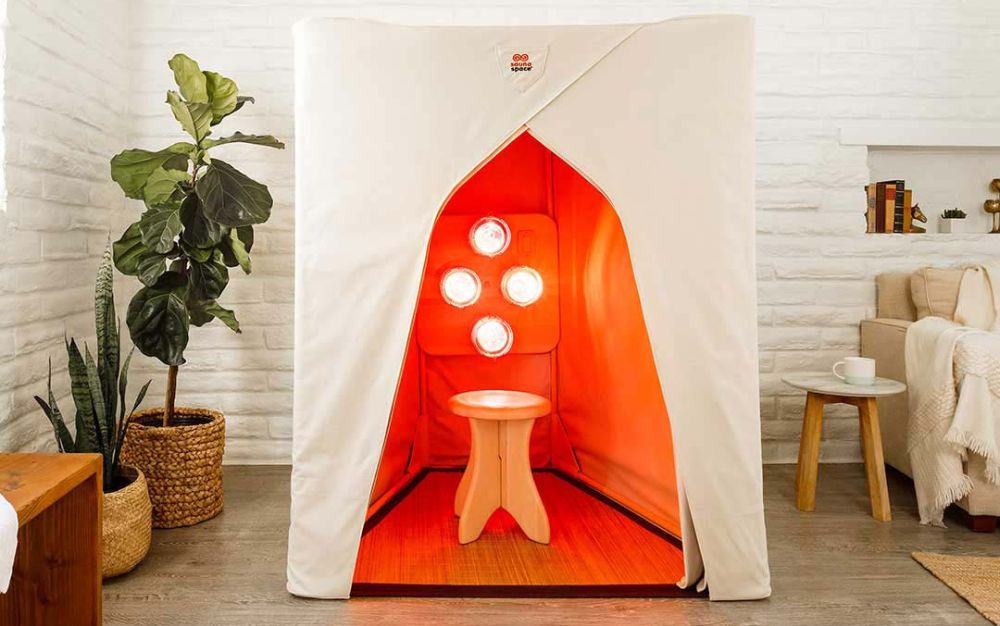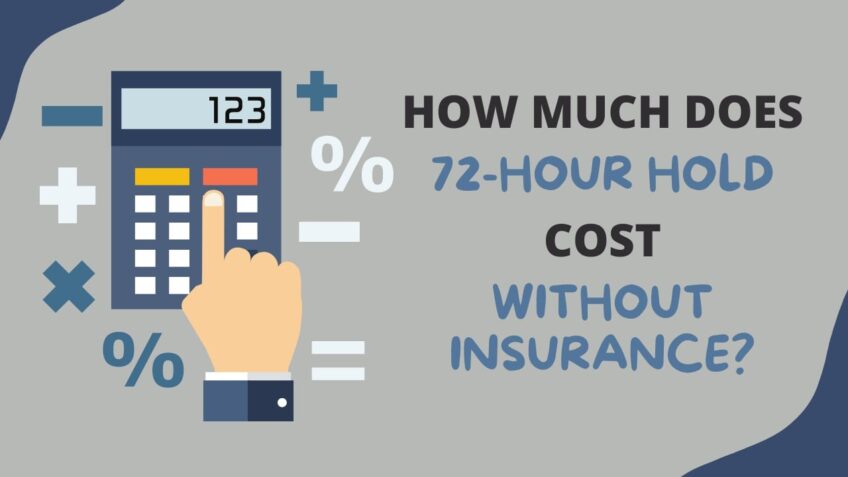What do you need to start a Health and Wellness Blog?
Choosing a Domain Name and Web Hosting
Reader Beyondfitwell.com, welcome to the world of health and wellness blogging! Before you dive into creating your own blog, there are a few things you need to consider. The first step is choosing a domain name that reflects the theme of your blog. Think of something catchy and memorable so that readers can easily identify your website. A well-chosen domain name can also positively impact your Google SEO ranking by including relevant keywords.
Once you have a domain name in mind, you’ll need to select a web hosting provider. This is where your website files will be stored and made accessible to users worldwide. Choosing the right web hosting provider is crucial for your blog’s success in terms of SEO ranking and user experience. Look for a hosting provider that offers fast page loading speed and excellent uptime. A slow-loading website can negatively impact your SEO ranking and discourage visitors from staying on your blog.
There are numerous web hosting companies available, but it’s important to choose one that offers reliability, good customer support, and affordable pricing. Some popular hosting providers include Bluehost, SiteGround, and HostGator. Carefully compare their features and prices before making your decision.
Installing and Setting up WordPress
Now that you’ve secured your domain name and web hosting, it’s time to install and set up WordPress. WordPress is a powerful content management system that is highly favored by search engines like Google. Most hosting providers offer one-click WordPress installation, making the setup process quick and hassle-free.
Once you’ve installed WordPress, you’ll gain access to a user-friendly interface that allows you to manage your blog and customize its appearance. Take some time to familiarize yourself with the WordPress dashboard and explore the various settings and options available. Customizing your WordPress settings can help improve your SEO ranking and optimize your blog for search engine visibility.
Customizing the Blog Design
One of the exciting parts of starting a health and wellness blog is customizing its design to make it uniquely yours. WordPress provides thousands of themes to choose from, both free and premium. When selecting a theme, consider choosing one that is responsive and mobile-friendly. Mobile-friendly websites are favored by search engines like Google and can improve your SEO ranking.
If you want to take customization to the next level, you can use a page builder plugin. Plugins like Elementor or Divi allow you to create stunning layouts and design elements without any coding skills. Experiment with different colors, fonts, and layouts to create a visually appealing blog that resonates with your audience. Remember, a visually appealing blog not only attracts more readers but also improves user experience, which can positively impact your SEO ranking.
If you’re interested in learning more about health and wellness, check out the Health category on Beyond Fitwell. It’s filled with informative articles to help you get started on your journey.
How to Create Engaging Content for Your Health and Wellness Blog
Understanding Your Target Audience
As a health and wellness blogger, it’s crucial to have a deep understanding of your target audience. Who are you writing for? Are you targeting fitness enthusiasts, people looking to lose weight, individuals seeking mental health advice, or those interested in a holistic approach to wellness? By understanding your audience, you can tailor your content to their specific needs and interests, providing them with valuable information and establishing yourself as a trusted source of knowledge in the health and wellness community.
One way to better understand your audience is through extensive research. Explore popular health and wellness topics within your niche and conduct thorough keyword research. This will help you identify the most relevant keywords that resonate with your target audience. By incorporating these keywords into your content, you increase your chances of ranking higher in search engine results, making it easier for your audience to find your blog.
Creating Informative and Actionable Blog Posts
When creating blog posts for your health and wellness blog, your primary goal should be to provide informative and actionable content. Your readers should be able to take away valuable insights and apply them to their own lives, whether it’s adopting healthier habits, implementing a new workout routine, or finding ways to manage stress and improve mental well-being.
To make your content more engaging and accessible, break down complex health and wellness topics into easy-to-understand explanations. Use headings, bullet points, and images to enhance readability and make it easier for your audience to consume the information. Additionally, consider incorporating personal experiences or anecdotes to create a connection with your readers and make your content relatable.
Furthermore, encourage reader interaction by ending each blog post with a thoughtful question or call-to-action. This invites your audience to share their thoughts, experiences, and tips in the comments section, fostering a sense of community and allowing for further engagement.
Using Visuals and Multimedia
Visual elements play a significant role in keeping your audience engaged and enhancing the overall user experience of your health and wellness blog. Including high-quality images, infographics, videos, and charts throughout your content not only adds visual appeal but also provides additional context and improves understanding.
Visuals can help illustrate step-by-step instructions, visually represent data and statistics, or break up lengthy paragraphs, making your content more digestible. They can also make your blog more shareable on social media platforms, potentially increasing your reach and exposure as more people discover and resonate with your visual content.
When selecting images and multimedia elements, ensure they align with your brand and the message you want to convey. Choose visuals that are relevant, professional, and aesthetically pleasing to captivate your audience’s attention and enhance the overall visual appeal of your blog.
By implementing these strategies, you can create engaging content that truly resonates with your target audience, drives traffic to your website, and improves your Google SEO ranking. Remember to consistently provide high-quality, informative, and actionable content to establish yourself as a respected authority in the health and wellness space.
How to Promote Your Health and Wellness Blog and Improve Google SEO Ranking
Utilizing Social Media Platforms for Increased Visibility
Social media platforms can serve as powerful tools for promoting your health and wellness blog and reaching a wider audience. It is essential to create accounts on popular platforms such as Facebook, Instagram, Twitter, and Pinterest, depending on your target demographic. By utilizing these platforms, you can share compelling snippets of your blog posts, behind-the-scenes content, and valuable health tips to engage with your followers.
In addition to sharing content on your own accounts, consider joining relevant health and wellness groups or communities on social media. By actively participating in discussions and offering valuable insights, you can establish yourself as an expert in your niche. This not only increases your visibility among potential readers but also enhances your credibility.
Expand Your Reach Through Guest Blogging and Collaboration
To further expand your reach and increase your blog’s visibility, consider guest blogging on other health and wellness websites or collaborating with influencers in the industry. Establish connections with established bloggers or experts and propose collaboration or guest posting opportunities. This can expose your blog to a new audience and help you establish credibility within the health and wellness community.
When guest blogging, make sure the content you provide aligns with the hosting website’s guidelines and target audience. Providing unique and valuable insights will leave a lasting impression on readers and encourage them to visit your blog for more quality content. By incorporating relevant keywords and linking back to your blog within your guest posts, you can also enhance your search engine optimization (SEO) strategy.
Optimize Your Content for Better Search Engine Rankings
To improve the visibility and organic traffic of your health and wellness blog, it is crucial to optimize your content for search engines. Take the time to research relevant keywords and incorporate them strategically throughout your blog posts, meta descriptions, headings, and image alt tags. This will help search engines understand the context of your content and rank it higher in search results.
In addition to keyword optimization, focus on creating high-quality, original content that naturally attracts backlinks from reputable websites. Building a strong backlink profile can significantly improve your blog’s authority and boost its search engine rankings. You can also enhance your SEO efforts by interlinking your blog posts, creating a well-organized site structure, and ensuring fast load times for optimal user experience.
Remember, Reader Beyondfitwell.com, starting a health and wellness blog requires passion, dedication, and a genuine desire to help others. By consistently publishing quality content, engaging with your audience, and staying abreast of industry trends, you can establish yourself as a trusted source of information in the health and wellness community. Good luck on your blogging journey!





